Introduction: Unlock Maximum Pectoral Gains with Cable Chest Exercises
Achieving a chiseled chest is not just about aesthetic appeal but also about enhancing upper body strength and functionality. Cable chest exercises are pivotal in training the chest muscles effectively, offering unique advantages over traditional free weights.
This guide dives deep into the best cable chest workouts, detailing the anatomy of the chest, the benefits of using cables, and step-by-step instructions to maximize your gains. Learn more about the benefits of fly cable training.
Check out these essential guides for a complete fitness regimen:
The Top 5 Supplements for Explosive Muscle Growth
Get Shredded Abs with Cable Machines: 6 Must-Try Exercises
Anatomy of the Chest Muscles
The chest is primarily made up of two muscles: the pectoralis major and the pectoralis minor.
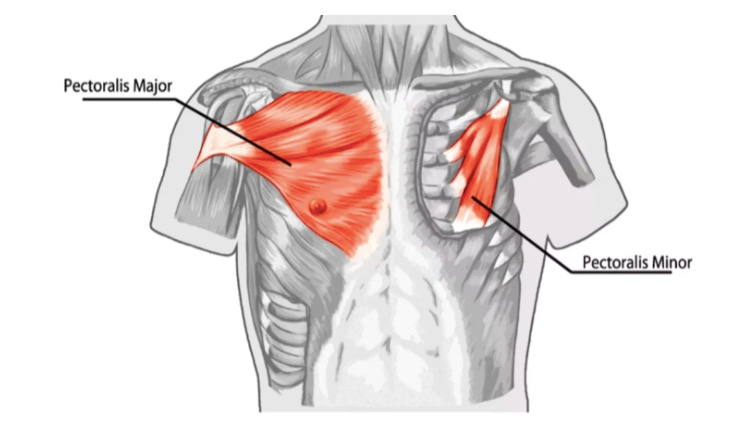
Pectoralis Major: The Primary Muscle in Chest Exercises The pectoralis major is a large muscle with s fsn like shape, that covers most of the chest area. It is primarily responsible for major movements such as pressing and lifting, which are crucial for developing the upper arm and part of your chest.
Pectoralis Minor: Supporting Muscle for Optimal Chest Development The pectoralis minor, although smaller, plays a vital role in stabilizing and assisting the pectoralis major. Understanding the mechanics of these muscles is key to effectively targeting and isolating them during workouts.
3. Benefits of Cable Chest Exercises
Cable chest exercises offer unique advantages that enhance your workout effectiveness and muscle engagement. Here are the key benefits that make cable machines an essential tool for chest routines:
- The versatility of Using a Cable Machine: Using a cable machine for your chest regimen allows for a wider range of routines that can target the chest from various angles and through different planes of motion, offering comprehensive muscle development.
- Cable Machines Are Great for Isolation Movements Cable machines excel in providing steady, continuous tension throughout every movement, which can lead to greater muscle isolation and faster growth.
- Constant Tension for Muscle Activation The constant tension provided by cables ensures that the muscles are under continuous workload throughout different areas of your chest, leading to muscle fiber engagement compared to traditional free weights.
Best Cable Chest Workout Exercises for Men
Flat Bench Cable Flys
Muscle Activation and Benefits:
The flat cable chest fly utilizes the continuous resistance provided by the cable machine to maintain muscle tension throughout the entire range of motion, which is key for stimulating effective muscle growth and improving muscle definition. For some variety and to target the upper chest, try incorporating the cable incline fly into your routine as well. Proper exercise form tips
Technique and Tips for Proper Form
- Begin by setting the cables at chest height.
- Lie back on a flat bench positioned in the middle of the cable machine.
- Grab the handles with both hands and extend your arms out to your sides while keeping a slight bend in your elbows.
- Slowly lower your hands together in an arc motion above your chest, then return back to the starting position.
Mid Cable Chest Fly
Benefits and Muscle Engagement
The mid-cable chest fly focuses on the central fibers of the pectoralis major, effectively targeting and isolating the middle chest area. This exercise is ideal for enhancing chest definition and symmetry as it provides a balanced activation of the chest muscles.
The constant resistance from the cables ensures that the muscles are under tension throughout the entire movement, maximizing muscle engagement and facilitating growth in both muscle thickness and strength. Benefits of fly exercises
Detailed Steps and Proper Form
- Adjust the cables to align with the chest height.
- Stand in the center of the cable machine with a handle in each hand and adopt a staggered stance for stability.
- With arms extended to your sides and a slight bend in your elbows, smoothly bring your hands together in front of your chest in a controlled arc movement.
For powerful leg workouts, check out Sculpt Powerful Legs with These 6 Barbell Moves.
Low-to-High Cable Chest Fly
Focus on Upper Chest Muscle Activation
This exercise is especially effective for targeting the clavicular (upper) portion of the pectoralis major, helping to lift and build the upper chest area, which is often neglected in standard bench pressing. This exercise is especially effective for targeting the clavicular (upper) portion of the pectoralis major, helping to lift and build the upper chest area, which is often neglected in standard bench pressing.
Execution Steps and Adjustments
- Position the cables at the lowest point.
- Grab the handles and face away from the machine, arms starting near your thighs.
- With elbows slightly bent, sweep your arms upward and forward in an arc until your hands meet above chest level.
Chest Cable Crossover (Crossed-Arm Variation)
Benefits Compared to Regular Chest Cable Fly
The crossed-arm variation of the chest crossover offers a more intense peak contraction than the standard chest fly, deeply engaging the center of the chest muscles. This advanced movement enhances the tension throughout the entire exercise by extending the arms past the midline and crossing them, which is not typically achieved in a regular cable fly.
By increasing the path of motion and incorporating the cross, this exercise variant greatly increases muscle engagement and strain. This continuous and amplified resistance significantly improves muscle activation and can lead to superior muscle growth and definition when compared to the regular chest fly.
Step-by-Step Guide
- Set the pulleys to the highest level.
- Stand in the center with a handle in each hand and lean slightly forward to create tension in the cables.
- Draw both arms across your body in a sweeping arc, going past just touching, until your hands slightly cross over each other in front of your lower chest.
- Ensure you continue squeezing your chest muscles tightly as your arms cross, maximizing the contraction.
High-to-Low Cable Fly
Emphasis on Lower Chest Fibers
The high-to-low cable fly specifically targets the lower chest fibers, enhancing the definition and separation between the chest and the abdominal muscles. This exercise is pivotal for achieving a sculpted lower chest, contributing significantly to an overall chiseled torso aesthetic.
Detailed Execution Tips
- For this exercise, adjust the pulleys to the highest setting.
- Grip the handles and face towards the machine, starting with your hands up above your head.
- Gently sweep your arms downward and across your body, slightly bending the elbows until your hands meet in front of your lower chest or abdomen.
How to Train Your Chest with Cables
As we discussed in the previous section, training the chest with cable exercises offers a unique way to engage different parts of the chest muscles, ensuring a well-rounded workout.
By incorporating cable workouts into your routine, you can effectively target the chest’s upper, middle, and lower areas. Cable machines provide constant tension that is difficult to achieve with free weights, making them an excellent addition to any chest training regimen.
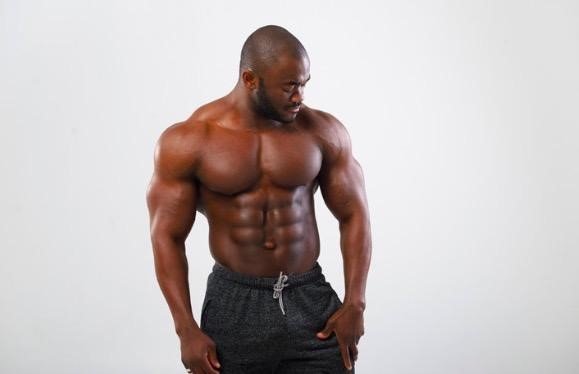
In the following sections, we will delve into strategies for progressing and challenging yourself with cable chest workouts, tips for maintaining proper form and technique, and sample workout routines to optimize your chest gains. Additionally, we will explore the extra benefits of a cable regimen and offer safety considerations and equipment tips to ensure effective and injury-free training.
Progressing and Challenging Yourself with Cable Chest Training
As you advance in your fitness journey, it’s crucial to continually push your limits and adapt your routine to keep making gains, not just for cable fly chest exercises but in all your training. This section will guide you through a few effective strategies for progressing and challenging yourself with cable fly chest routines.
Adjusting Weight and Reps for Continued Progress
Balancing Heavy Weights vs. Lighter Weights for Different Goals: To continue making gains, it’s essential to periodically adjust the weights and reps based on your progress and specific fitness goals. If seeking muscle endurance, lighter weights with higher reps are beneficial. Increasing the weight and reducing the reps can be effective for muscle bulk. Understanding weight and rep adjustments
Incorporating Advanced Techniques for Added Challenge
To further challenge yourself, incorporate advanced techniques such as performing exercises from a plank position to engage the core more deeply, using a staggered stance for better stability and focus, or utilizing an incline bench to target different muscle angles. Advanced workout techniques
Using Different Angles to Build a Bigger Chest
Training your chest from different angles and positions can significantly enhance your chest workout gains so be sure to add some variety. Use an incline bench to target the upper chest, a decline bench for the lower chest, and a flat bench for the middle chest.
Additionally, mixing up cable fly exercises with cross-angle variations, such as the low-to-high and high-to-low movements we covered earlier, ensures comprehensive muscle engagement and balanced growth across the entire chest. This varied approach keeps your workouts dynamic and effectively promotes muscle growth and definition.
Learn more about progressive overload and muscle growth in our detailed guide: Progressive Overload for Men: The Ultimate Guide to Muscle Growth.
Guidelines for Different Fitness Levels
Effective cable workout routines for all fitness levels should include a good mix and variety of exercises like standing cable chest press, seated cable press, and standard cable fly. Here are some guidelines to help you progress through different fitness levels:
- Beginners: Take your time and start with lighter weights and higher repetitions to focus on form and muscle endurance. Aim to master the basics before progressing.
- Intermediate Lifters: Add more weight with moderate repetitions to increase strength. As proficiency increases, more challenging variations are gradually introduced.
- Advanced Lifters: To maximize hypertrophy and muscle gains, incorporate even heavier weights with fewer reps. Utilize complex movements to fully engage the chest muscles.
Sample Cable Chest Workout Excercise Routines for All Fitness Levels
Whether you’re just starting or looking to push your limits, these sample routines will help you effectively train your chest with cables.
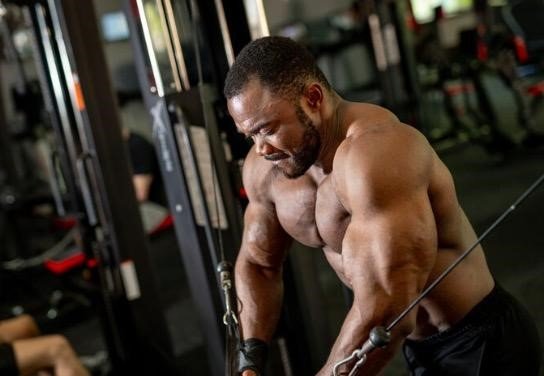
Beginner: Step-by-Step Guide with Reps, Sets, and Rest Periods
- Exercises: Start with basic cable chest press and fly movements, focusing on mastering the form with light to moderate weights.
- Routine: Perform three sets of 12-15 reps for each exercise, ensuring full control and proper technique throughout each rep.
- Rest: Allow 60-90 seconds between sets to ensure adequate recovery and preparation for the next set.
Intermediate: Progressing to Heavier Weights and Advanced Techniques
- Exercises: Incorporate intermediate exercises like the cable crossover and low-to-high fly, increasing the weight slightly while maintaining form.
- Routine: Use a 4-set of 8-12 reps approach to increase strength and endurance.
- Variations: Introduce minor variations, such as different pulley heights and angles, to challenge the muscles differently.
Advanced: Incorporating Complex Movements and Different Angles
- Exercises: Advanced routines should include high-intensity cable workouts with heavier weights and complex movements like the staggered stance crossover and incline bench chest press.
- Routine: To maximize muscle hypertrophy, focus on lowering reps to about 5-8 with increased weights, spanning over 4-5 sets.
- Techniques: Include drop sets or supersets, combining exercises like the low-to-high cable fly immediately followed by the cable chest press to fatigue the muscles thoroughly.
These routines are just examples, so feel free to do additional research and find what works best for you. Remember to focus on proper form and technique, progressively challenge yourself, and vary your workouts to keep them dynamic and engaging. Doing so will maximize muscle growth, improve strength, and achieve your fitness goals safely and effectively.
Additional Benefits of Cable Chest Training
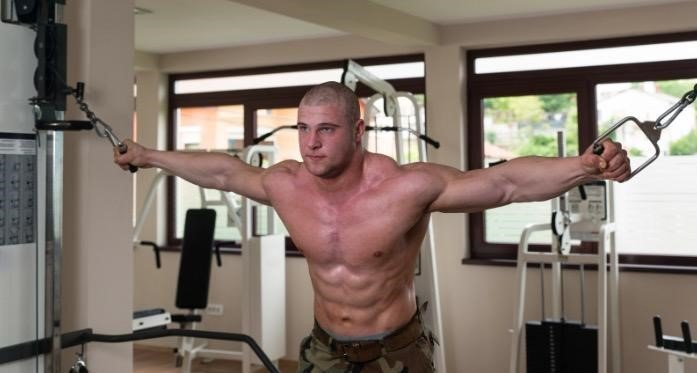
As previously discussed, cable chest training offers unique advantages such as versatility, excellent isolation, and constant tension for enhanced muscle activation. Beyond these foundational benefits, there are additional reasons to incorporate cable chest exercises into your routine.
Emphasis on Upper Chest Muscle Strength & Definition
Cable routines are particularly effective at isolating and developing the upper chest, a region often harder to target with traditional exercises. Regularly incorporating exercises like the low-to-high cable fly can result in significant strength gains and improved muscle definition. Focusing on upper chest growth contributes to a balanced and aesthetically pleasing physique.
Importance of Regular Variation to Prevent Plateaus
Continuously varying your workout routine with different cable exercises, angles, and techniques prevents the muscles from adapting too completely to the same stimuli, helping you avoid workout plateaus. This regular variation is crucial to maintaining progress and ensuring continuous muscle growth and strength improvement. How to avoid workout plateaus
For more tips on staying motivated and overcoming workout excuses, read:
Low Gym Motivation? 7 Strategies to Conquer Workout Excuses & Hit Your Fitness Goals
Functional Strength and Improved Stability
Cable machine chest workouts require significant core engagement and coordination, enhancing your overall athletic performance and stability. The dynamic The nature of cable training, which improves functional strength applicable in sports and daily activities, is a key to enhancing your performance and quality of life.
The secret to safe and effective workouts lies in maintaining proper posture and form during your cable chest exercises. By adhering to this advice, you not only prevent injuries but also maximize the benefits of your workouts, leading to a more fulfilling fitness journey.
Maintaining Proper Posture and Form
- Key Points: Ensure your chest is lifted, feet are flat, and shoulders are kept safe.
- Equipment Adjustment: Adjust the equipment so that the two cables are set appropriately for the selected cable exercise for optimal engagement.
- Upper Arm Engagement: Engaging the upper arm muscles correctly and avoiding overextension will prevent injuries and enhance the effectiveness of your exercises.
Importance of Core Tightness and Controlled Movements
- Core Stability: Maintain a tight core throughout each exercise to stabilize your body and increase the effectiveness of the motion.
- Controlled Motions: Controlled motions ensure that you are engaging the correct muscles without relying on momentum.
Maintaining Shoulder Height and Neutral Grip
- Natural Positioning: Keep your shoulders in a natural position and use a neutral grip to help prevent strain and injury.
- Effective Targeting: This positioning also helps in the effective targeting of chest muscles throughout different exercises.
Key Takeaway
Consistently applying these form and technique tips will lead to more effective workouts and long-term muscle growth. The key to safe and successful training is attention to detail and proper execution. Stay mindful of your body’s alignment and movements to achieve the best results from your cable chest training.
Safety Considerations and Equipment Tips
When performing cable machine chest workouts, it’s important to recognize the different types of cable fly machines available. The two main types are the standard cable crossover machine and the dual adjustable pulley machine. Understanding how to use each type safely and effectively can make a significant difference in your workout results and injury prevention.
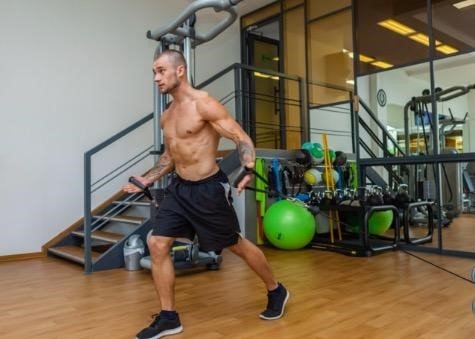
- Using Adjustable Benches and Cable Pulley Machines Correctly: Ensuring your equipment is correctly adjusted is crucial not only for your safety but also for the effectiveness of your workout. Properly set up your bench and cable pulleys to match your height and the specific exercise to prevent unnecessary strain.
- Protecting Shoulder Joints and Rotator Cuffs During Workouts: Maintaining mindful practices regarding the positioning of your shoulders, elbows, and wrists during exercises will significantly reduce the risk of injuries. It’s imperative to ensure that movements are smooth and controlled, avoiding jerky or overly extended motions that can put undue pressure on the joints.
- Balanced Workouts with Adequate Rest Between Sets: Effective training includes adequate rest periods, which allow muscles to recover before the next set. Typically, rest periods of 60-90 seconds are ideal for muscle recovery during moderate-intensity workouts, while heavier sets might require slightly longer rests to ensure maximum performance in subsequent sets.
Equipment Notes
- Standard Cable Crossover Machine: This machine is smaller and more compact, making it suitable for home gyms or smaller workout spaces. It allows for a range of motion exercises but may have limited adjustments for stance width.
- Dual Adjustable Pulley Machine: This larger machine provides a wider stance and greater range of motion, making it ideal for exercises that require extensive chest expansion. It’s commonly found in commercial gyms and offers more versatility in adjusting the height and width of the pulleys, allowing for a wider variety of exercises.
Conclusion: Integrating Cable Chest Training into Your Routine
Cable chest workouts offer a dynamic approach to chest de that surpasses many traditional methods. By including a variety of cable routines in your workout regimen, you effectively target different aspects of the chest muscles, leading to enhanced growth, strength, and definition.
These exercises build functional strength that improves overall daily performance. Encourage consistency and gradual progression in your workouts. Remember, muscle growth occurs over time and with persistence. Monitor your development, adjust your routines as needed, and always prioritize form and safety. Tips for effective workout routines
By following the guidelines laid out in this comprehensive guide, integrating best practices, and consistently adhering to safety and form adjustments, you are well on your way to achieving the kind of chest growth that not only enhances your physical appearance but also boosts your overall health and athletic performance. Embrace the journey, stay informed, and prioritize your well-being as you advance through your fitness journey with cable chest routines.
FAQs: Common Questions About Cable Chest Training
What are the Best Cable Chest Exercises? The top exercises include the mid-cable chest fly, flat bench cable chest fly, low-to-high cable fly, high-to-low cable fly, and cable crossover. These exercises collectively target all areas of the chest for a comprehensive workout.
How Often Should I Perform Cable Chest Workouts? For optimal results, aim to include cable chest workouts in your fitness regime 2-3 times per week. This frequency allows ample recovery time while maintaining consistent muscle stimulation for growth.
Can Cable Training Replace Traditional Weightlifting for Chest? Yes, cable training can be a complete alternative to traditional weightlifting for enhancing chest strength and definition. They offer unique benefits including constant tension and targeted muscle isolation that can sometimes surpass the effectiveness of free weights.
What Should I Do if I Experience Pain During Cable Workouts? If you experience pain during exercises, first ensure that your form is correct. If pain persists, reduce the weight and slow down the movements. Consider consulting a fitness professional or a physical therapist to address potential underlying issues.
What Equipment Do I Need for Cable Chest Training? The essential equipment includes a cable machine with adjustable pulleys and various handles or attachments to perform different exercises. An adjustable bench is also useful for performing variations of exercises at different angles.
Stay Updated and Continue Your Fitness Journey
For those looking to maximize their chest gains, continuously educate yourself on advanced techniques and variations. Sign up for our newsletter for the latest insights and tips on effective chest workouts. Engage with our fitness community through our social media platforms to share your progress and learn from others’ experiences.
Check out these related articles for more fitness tips:
The Best Triceps Exercises for Guys: Your Ultimate Guide to Sculpted Arms
Dumbbell Back Exercises for Men: Your Blueprint for a Ripped V-Shaped Back
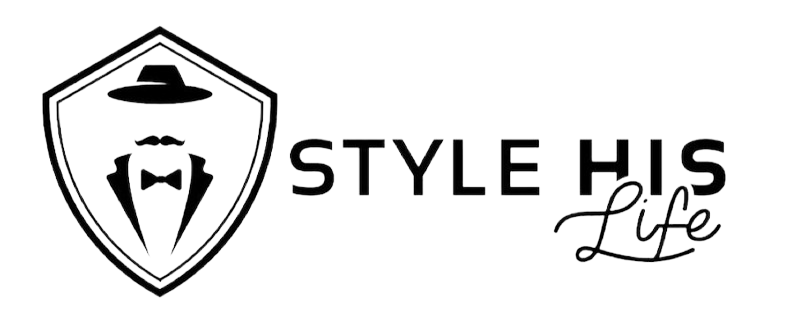


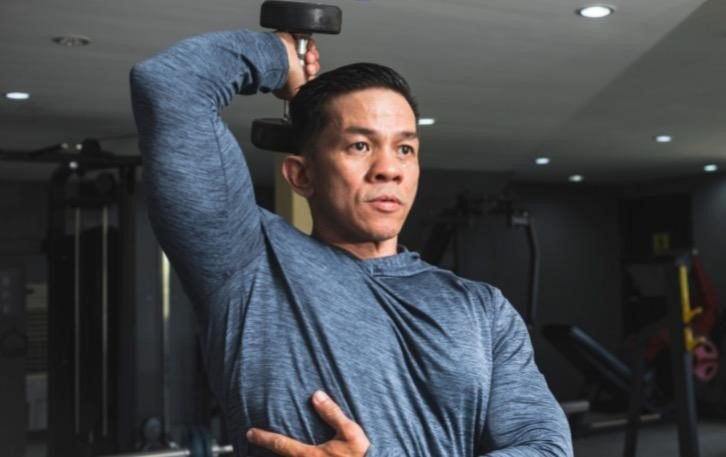






7 Comments
[…] The 5 Best Cable Chest Exercises […]
[…] The 5 Best Cable Chest Exercises […]
[…] The 5 Best Cable Chest Exercises […]
[…] The 5 Best Cable Chest Exercises […]
[…] The 5 Best Cable Chest Exercises […]
[…] The 5 Best Cable Chest Exercises […]
[…] The 5 Best Cable Chest Exercises […]